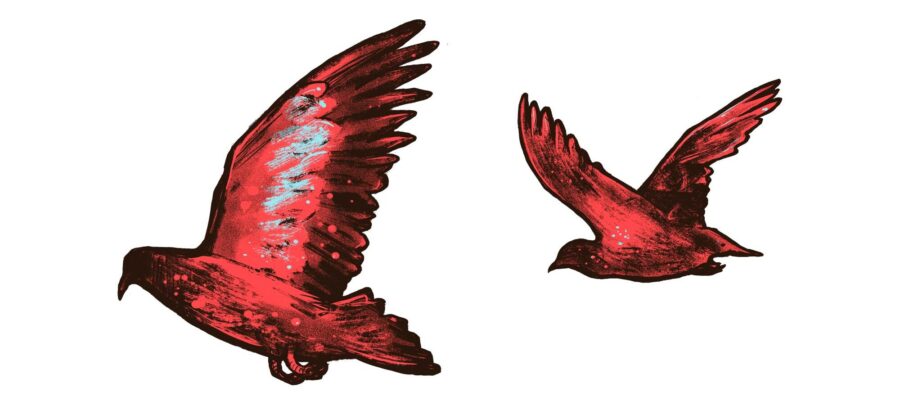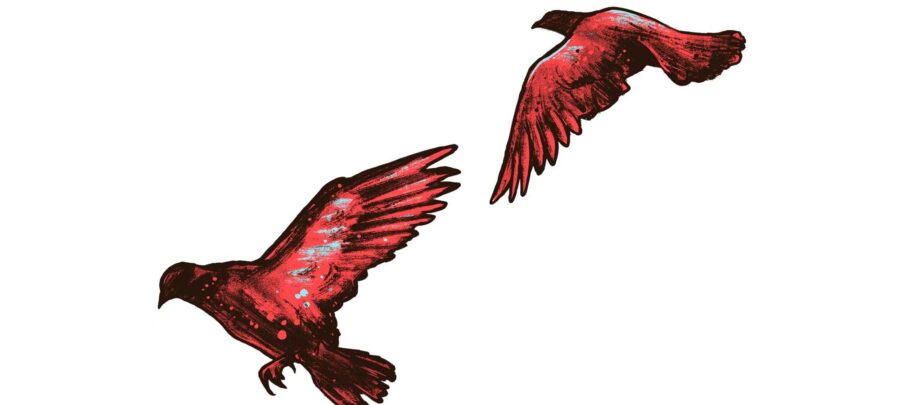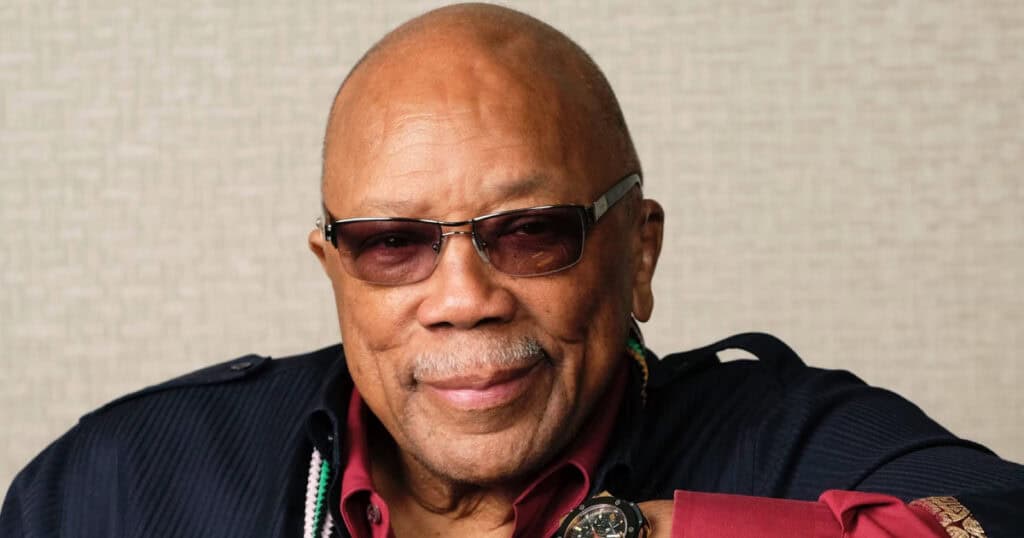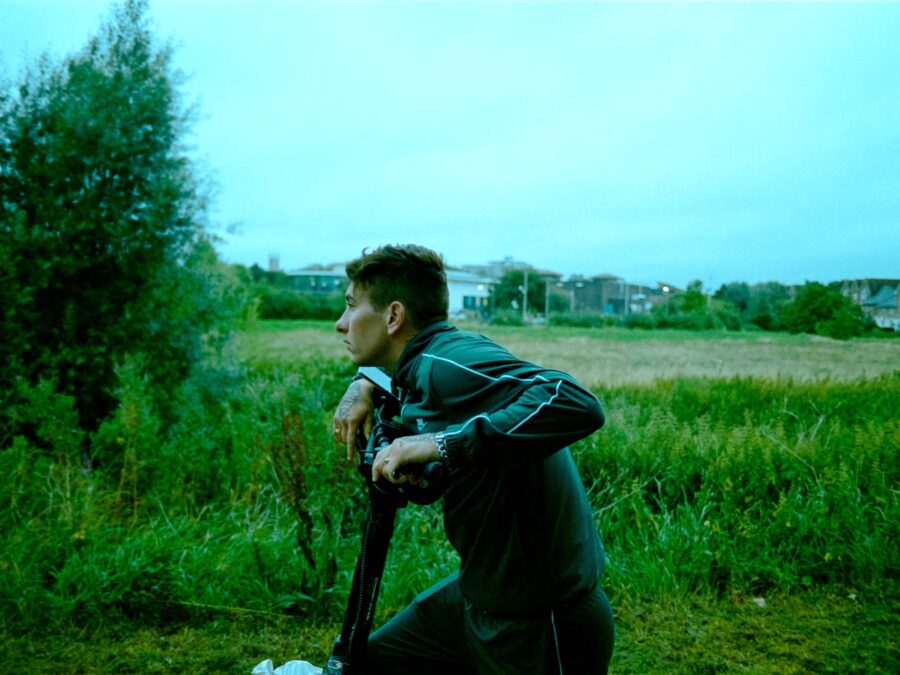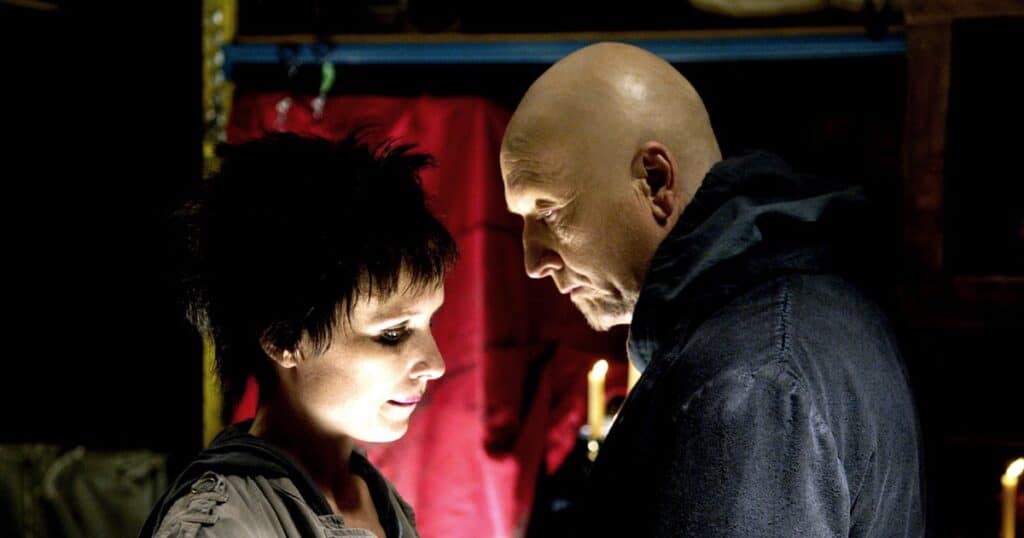
Over 10 films to date and an 11th scheduled for late September of 2025, Saw is a franchise that rivals most in terms of both output and fandom. It had a run of 7 straight films over 7 years which began with the out of nowhere Saw in 2004 and culminating with Saw 3D in 2010. Its consistency may have trailed off temporarily with scattered entries following in 2017, 2021, and 2023, but the series as a whole is well known and has branched off into nearly every conceivable type of media. From comics and novels to video games and toys, Saw may just be primed to start another legendary run in the 2020s. Saw III was a runaway train that is still the highest grossing film in the series, but it was almost not even made after the original creators were done. With traps that were some of the most creative and even including Tobin Bell’s favorite to actors lying about their appearances in the movie, lets see just what happened to Saw III.
Saw II was an immediate and massive success. The first Saw came out of nowhere and was based on a short film that Leigh Whannell and James Wan made after graduating film school. They had written a feature length one but couldn’t get it made right away so instead focused the short film on one of the traps that the series would become so famous for. The final feature length film would come out first at Sundance in January of 2004 and then wide release in late October. To say it was a hit would be a drastic understatement. In fact, it sits up there with Halloween, Blair Witch, Paranormal Activity, and The Texas Chainsaw Massacre as the most profitable independent horror films ever. It made nearly 104 million on its 1.2-million-dollar budget and a franchise was born. Part II would come out the next year and also make a killing. The budget was over doubled to 4 million, but it still brought in a staggering 153 million. A third was assured but that’s where the original creators wanted to stop.
Leigh Whannell and James Wan who created, stared, wrote, and directed the first film, and Darren Lynn Bousman who directed part II had no interest in a third one even with the profits near guaranteed. Unfortunately, their friend and producer of the series Greg Hoffman passed shortly after the release of the second movie. The three creators got together when they heard of their friend’s death and decided to make a third movie that they would also dedicate to his memory. On top of that, they created a character named Mark Hoffman for him that would play a major role in the series going forward. Wan would get a story credit, Whannell would write the screenplay, and Bousman would come back to direct. Bousman would also direct part 4 and Spiral later on in the franchise.
Wan and Whannell have had major careers outside of the Saw franchise both together with Insidious and separately with The Conjuring for Wan and The Invisible Man for Whannell. Bousman would also direct Repo! The Genetic Opera and the remake of Mother’s Day amongst a few other horror hidden gems. Whannell wanted to write something a little different, a little more personal. He even describes it as a sort of father daughter story between Tobin Bell’s John and Shawnee Smith’s Amanda. The movie has multiple storylines really, with Amanda’s quest to save John Kramer and the usual main character going through a trial or trials in this case. It’s a formula that the series would copy a few times, but it certainly started with Saw III.

The movie opens with Donnie Wahlberg’s character from the previous movie breaking out of the trap he was put into at the end of Saw II. He is in the very room that Saw took place in, and the studio actually asked the production team behind Scary Movie 4 if they could use their replica parody room which they were granted. We then move to the police finding yet another Jigsaw crime scene. This one is different because there was no way for the victim to survive, even if they got out of the trap. This goes against Jigsaw’s self-imposed rules which makes detective Kerry, played by a returning Dina Meyer, question everything before she too is taken. Her trap proves to be unwinnable as well and we finally see the main story. A doctor is kidnapped and tasked with keeping John Kramer alive until his latest trial victim is tested. That victim, Jeff, must go through a series of rooms and make sacrifices to protect the people that were involved in the tragic death of his son. The movie is tests upon tests and full of father child relationships.
For the cast, the returning players such as Shawnee Smith, Tobin Bell, and Dina Meyer were easy and expected. Donnie Wahlberg’s character returning was kept heavily under wraps, and he even adamantly denied his involvement with the third movie. New actors to the series include Angus MacFadyen and Bahar Soomekh as the two other leads who it is revealed are husband and wife. MacFadyen was a fan of original horror films and loved the first movie, so he signed on immediately after reading the script. Apart from appearing briefly in the next Saw film, he wouldn’t have any other horror credits but has had a long career before and after today’s film. As for Soomekh, she had appeared in the academy award winning Crash from 2004 and so the studio wanted her in Saw III to have a current big name for non-horror fans. Speaking of non-horror fans. Bahar was in that camp and even needed help from production and special effects teams during one of the gorier scenes near the end of the movie.
Monica Potter was offered a contract to come back as her character from the first movie but declined as she felt there wasn’t anything new to add in her role. While she declined to come back, there is another cameo besides Donnie Wahlberg detective with Leigh Whannell also showing up briefly as Adam which was equally designed to be kept a secret. With a bigger movie comes a bigger budget and Saw III had ballooned from 1 million for the first movie to 4 million on the second and III being given 10 million to work with. It was shot in just under a month, 27 days, in Toronto the full script was only given to actors that made it to the final scenes similar to the first two films. This practice was also because Whannell stayed on set most days to adjust or fully rewrite scenes and some of them were turned into the actors scribbled on napkins just before the shooting was to take place. To save on some of the budget, where digital effects would be used to show transitions between scenes, the production instead chose to use camera tricks. The earliest example of this is when things shift from that first crime scene to Kerry’s apartment, Dina Meyer had to run between sets, quickly strip, and get into the bathtub for the shot.
The movie itself first ran over two hours before cuts. One of these involved taking out a scene in which Jigsaw regretted his actions. Tobin Bell was glad this was cut as he felt he had a firm grasp on the character and this scene, along with needless back story elements, just didn’t fit in with the overarching story. Speaking of Bell, Saw III has his favorite trap in the whole franchise. The team tried, and continues to try, to make the traps unique. The first victim that Jeff comes across is being sprayed with water in a freezer to die by cold. This was a conscious choice as others had been burned to death and bled to death earlier in the series. Bell’s favorite involved the man who drunkenly killed Jeff’s son, and he is strapped to a table that will break all of his limbs and neck by turning them 180 degrees if Jeff doesn’t get him out of there. As with the first two films, all of the traps were done with practical effects including fake pigs that were filled with very real but cleaned maggots.
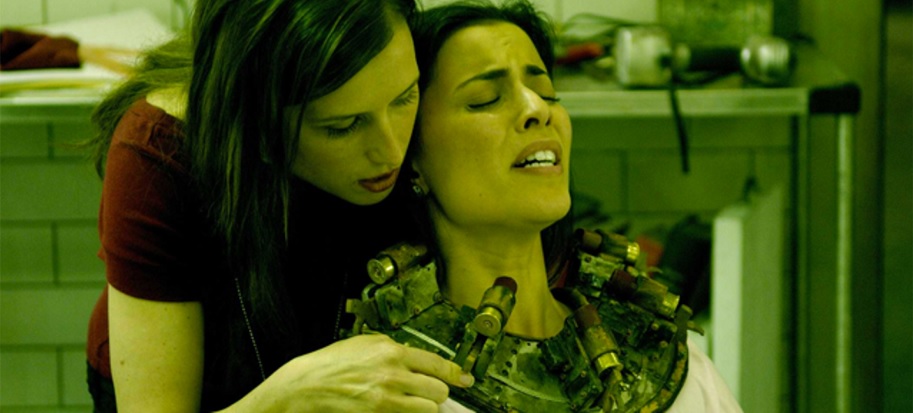
Like many horror movies, especially in the 2000s, the movie had to be sent back and forth between the studio and the then-MPAA. In an interesting turn, the movie wasn’t returned over and over again for on screen violence, it was asked to be edited down for the emotional abuse. The original creators never envisioned helping to create the “torture porn” genre along with Hostel but they also never imagined the gore not being a problem. TV shows like CSI and Law and Order were cited as a gage of what could and couldn’t be seen by audiences and after 7 edits, Saw III finally received an R rating. The movie was released on October 27th, 2006, and was an immediate hit. It opened at number one and would end up as the highest grossing film in the franchise even to this day. Off of it’s 10-million-dollar budget it made a staggering 165 million dollars in theaters. Per usual, the movie was not received well by critics but that has never stopped a horror movie from making money and probably never will.
The marketing helped immensely with the hype and the end result gross. A comic con clip was wildly popular and the MPAA refused to allow it to be shown as a teaser in theaters. The clip was eventually shown at the Spike TV Scream Awards alongside an appearance from Tobin Bell, Shawnee Smith, and Bousman. Furthermore, head of marketing for Lions Gate Tim Palen came up with an idea to use some of Tobin Bell’s blood and mix it with ink to create special posters. The first was auctioned off with the proceeds going to Red Cross and all others being sold for $20.00. The home video market was also a massive success for Saw III with the DVD and Blu ray coming out the following January. It sold 1.6 million units the first day and ended the week with an astonishing 2.5 million units. There was an unrated cut released the same day and then the studio had the foresight to release an extended directors cut the same week as Saw 4 was released. All told, the movie made an additional 47 and a half million dollars on the home video scene.
Saw III remains a highpoint in the franchise for sales but was far from the final entry. While others wouldn’t make as much money, the series was still ever popular and continues to today. The franchise has lasted over 20 years and will seemingly always be up to play a game and now you can say you know what happened to Saw III.
A couple of the previous episodes of What Happened to This Horror Movie? can be seen below. To see more, head over to our JoBlo Horror Originals YouTube channel – and subscribe while you’re there!
The post Saw III (2006) – What Happened to This Horror Movie? appeared first on JoBlo.
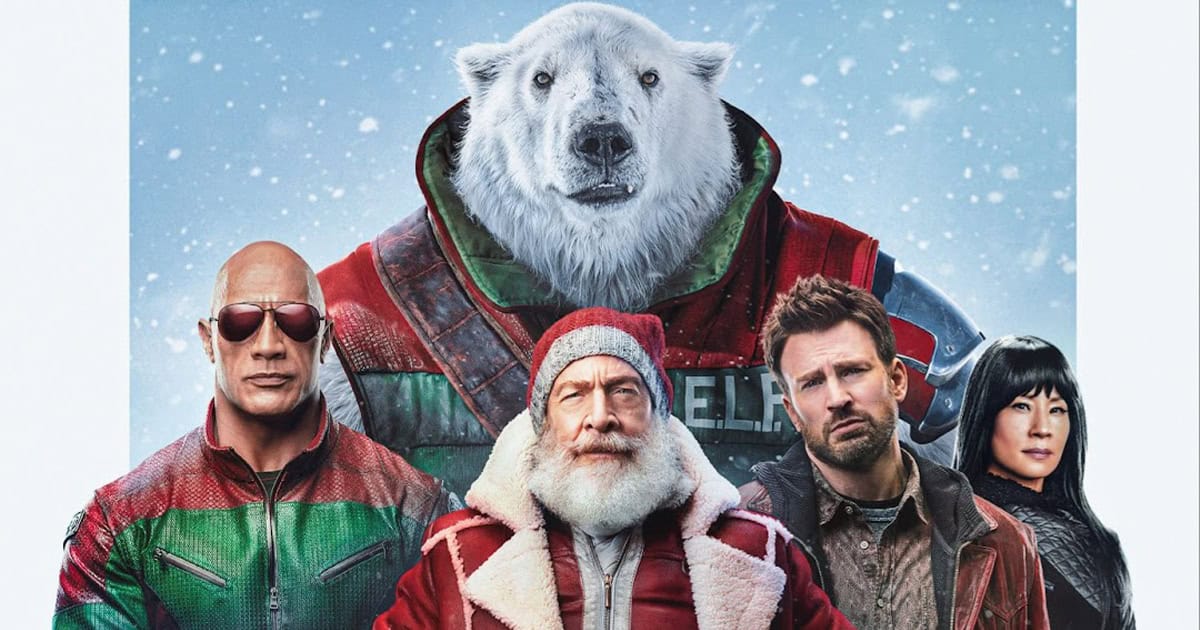




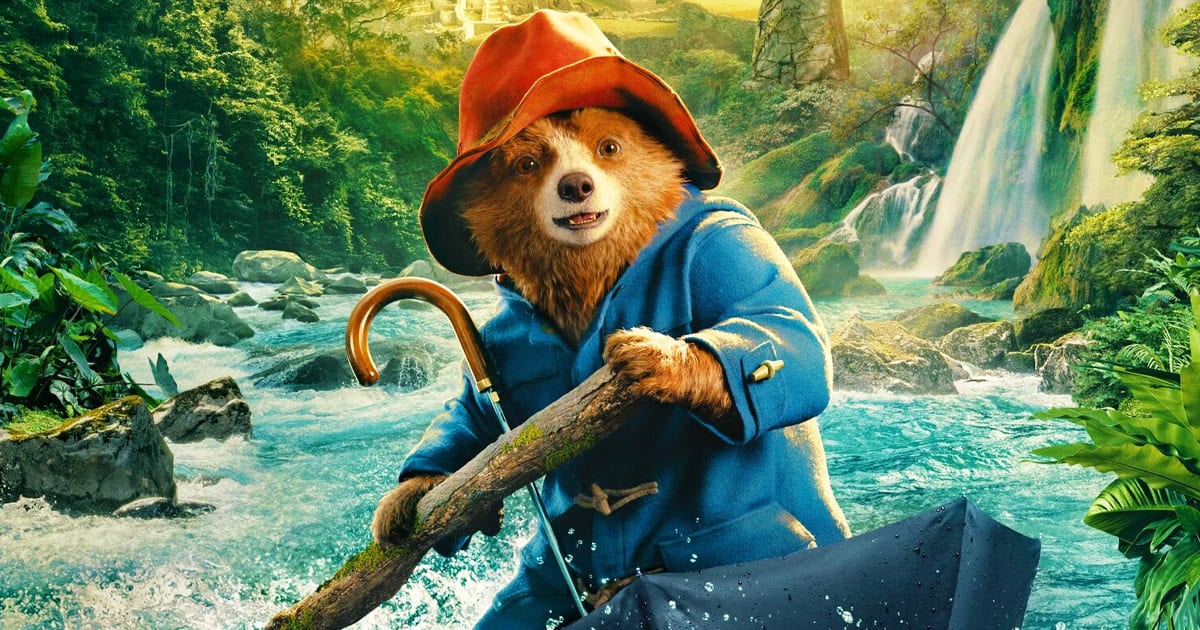
 (@paulkleinyoo)
(@paulkleinyoo) 



 (@kehenulo)
(@kehenulo) 
 (@CarlRoberts2)
(@CarlRoberts2) 
